I pulled out a sample from a long time ago today — late 2006, when I first got to Beijing. I bought three samples of an up and coming brand back in the day called 12 Gentlemen. I remember I was only mildly impressed by their tea. Today I took out the 12 Gents “Arbour old tree” to try again, since I have a lot of it left. Wonder what a year and half has done to the tea?
Quick answer is… not much.
I’m sure something changed, but it still largely tastes like some very young puerh, with a greenish taste and some early promise of goodness. However, as the tea wore on it became very mediocre…. merely ok. Arbour tree? Maybe, maybe not. One thing worthy of note though is that the tea is very tightly compressed (despite claims of stone-mould pressed). I don’t know how one person stepping on a stone mould can get tea to come out like an iron cake.
Which leads me to the point of… it takes a lot of time to age a tea. I think anything under 10 years for aging a tea is really not much time at all, and just because old teas are not common this side of the Pacific doesn’t mean a tea is somehow more mature by being here. Unfortunately, I think puerhs are really not very good for drinking (if dry stored) until they’ve got maybe 15-20 years of age. Young puerh have their charms, of course, but those charms are really an accident and a bit of an acquired taste. It’s a tea that’s meant to be aged and drunk after some fermentation.
I’ve seen change in some of my teas, but not too many of them. Some have aged faster than others. This sample, having sat mostly in a plastic bag in Beijing and later Taiwan, has barely changed. I’ve had 15 or even 20 years old puerh stored in Taiwan that are only now beginning to be really drinkable, losing the harshness and the roughness that make young puerh difficult to down sometimes (not to mention bad for your body). I sometimes wonder if all this investment into cakes for furture consumption is really worth it, especially when it’s with cakes that are produced in large quantities and will still be available in large quantities in the future. Is it really worth bothering? It’s a lot of kilograms of tea to haul around for 20 years. Wouldn’t it be wiser just to stick the money in an index fund and harvest it 20 years later to buy tea?


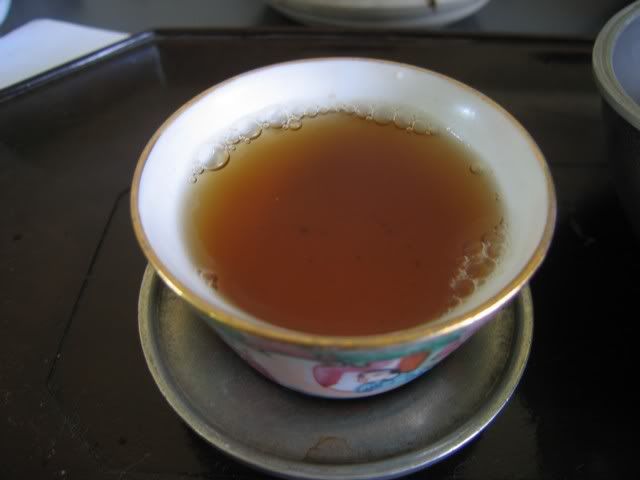
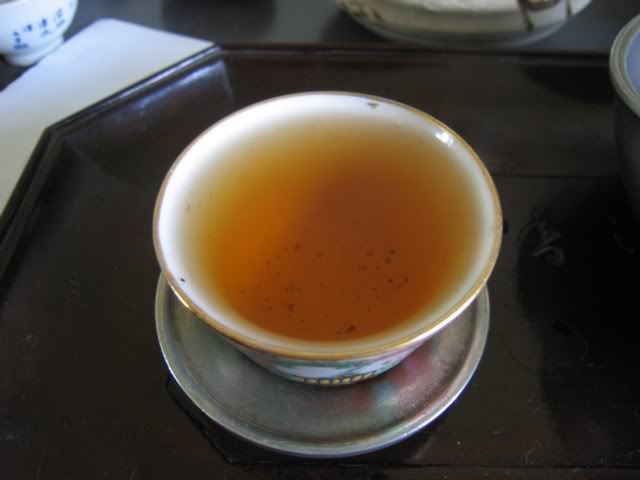
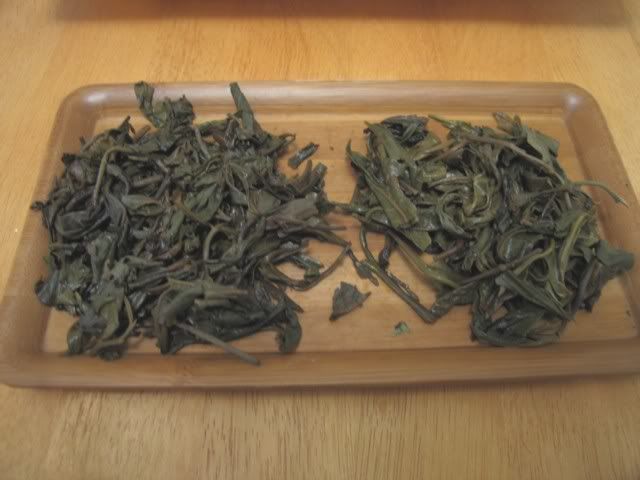


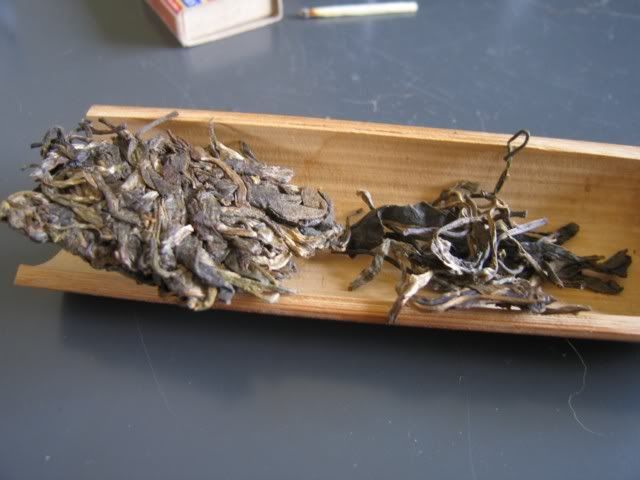


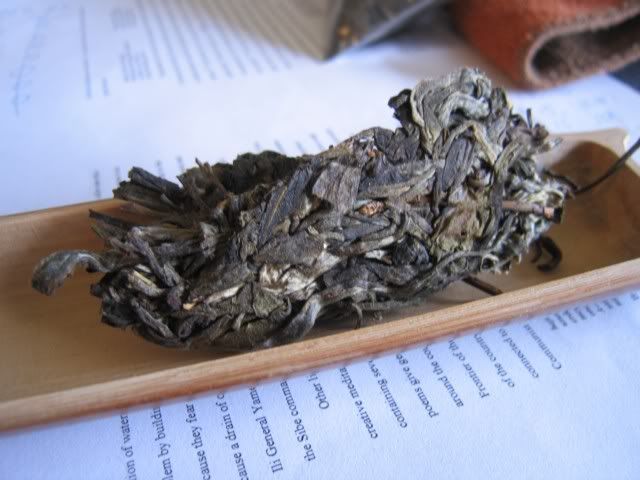


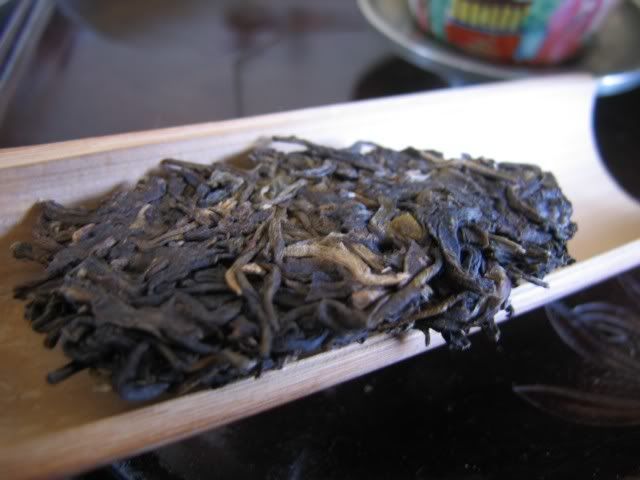
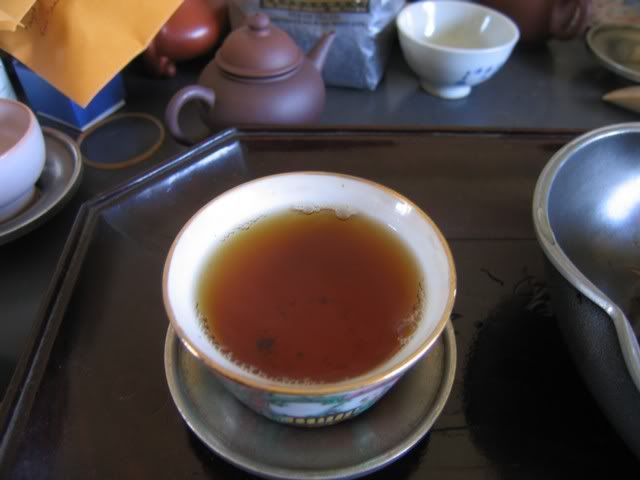
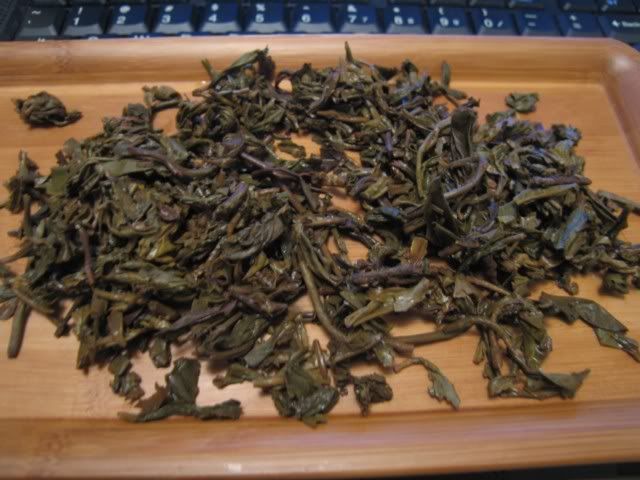
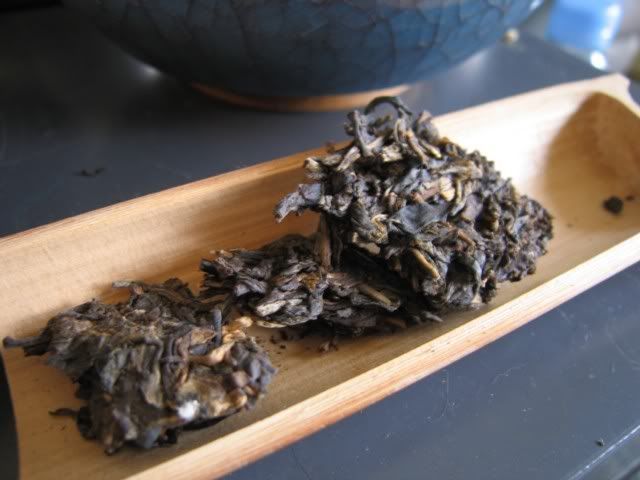
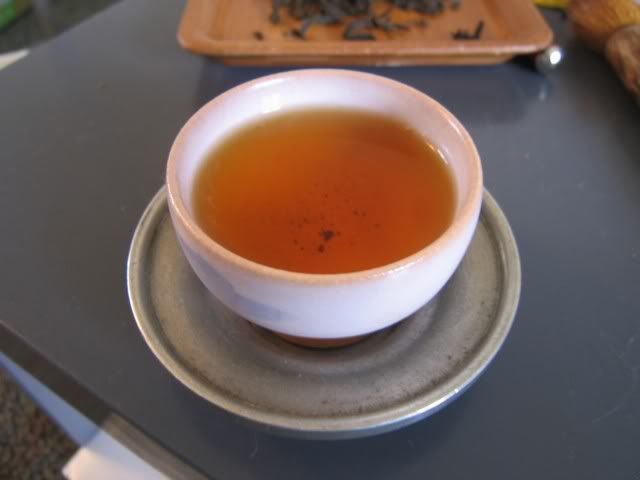

 RSS - Posts
RSS - Posts
Interesting.... would 250C in my oven work?